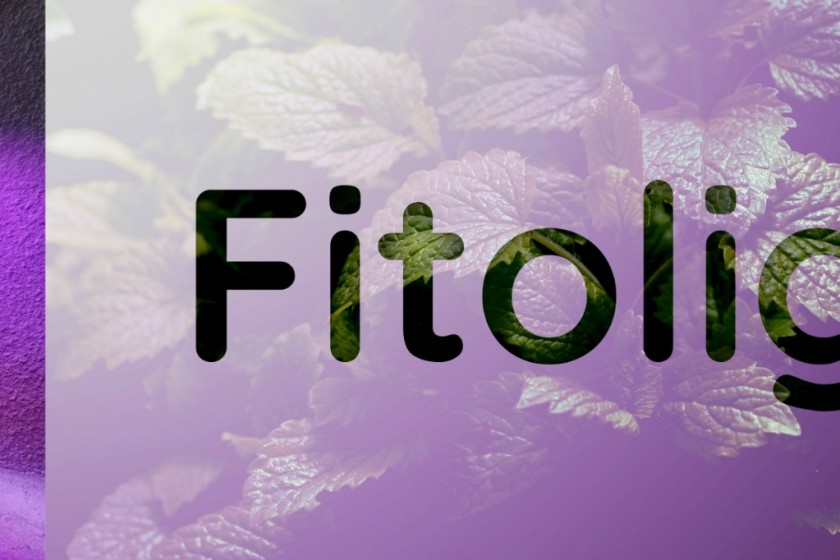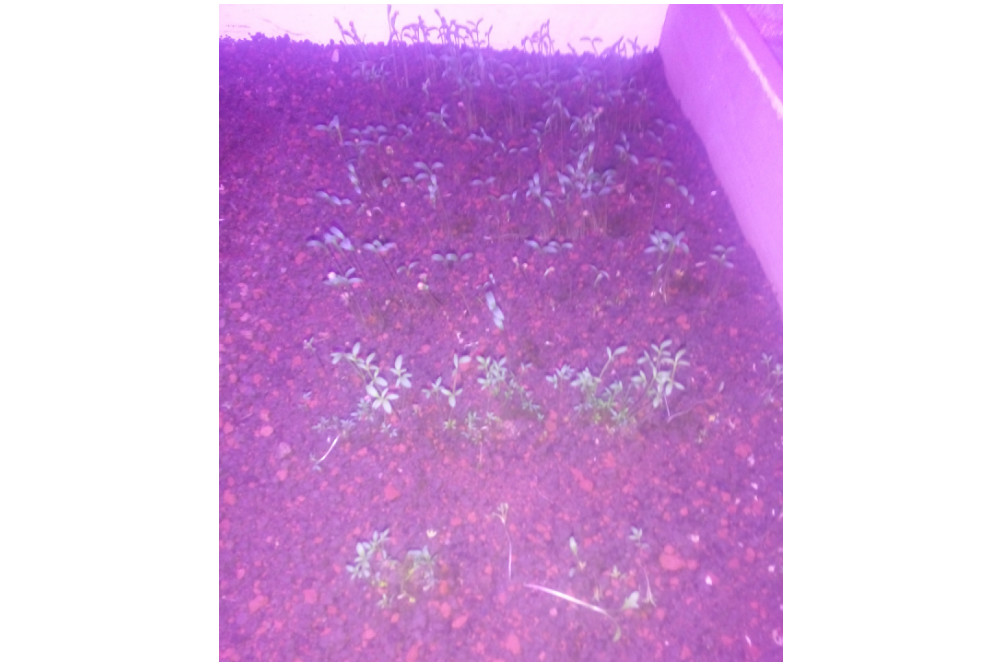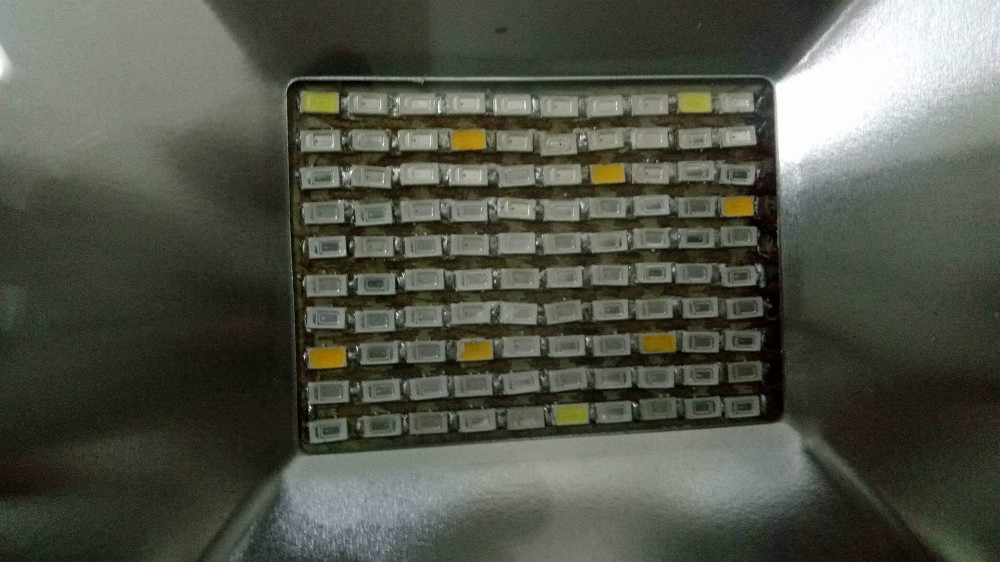
Armenian Start-Up: Fitolight Founder Says His LED Lamps Can Accelerate Plant Growth by 40%
By Maneh Gevorgyan
LED lamps, manufactured in the United States, China, Russia and other countries, are expensive and accelerate the growth of plants by 30%.
Armenian start-up Fitolight offers new LED lamps that are more affordable and will accelerate the growth of plants by 40%.

Gevorg Hovhannisyan, the founder of the start-up, says,"My cousin lives in Ukraine. He once told me about lamps that are placed over plants for them to grow faster. They were metal-halide lamps that are quite costly and accelerate the growth of plants by 10%. He asked if we could find a mechanism that would be cheaper. I got interested and started experimenting. In general, LED light bulbs for plant growth are used in closed spaces, in the absence of light or in low light, mainly in greenhouses. I made the first attempt in the darkness. I sowed some coriander and garden cress. Without any natural light, in around 15 days, they grew to 10 cm ".
 After this success, Gevorg developed a mechanism for plantsto grow as fast as possible.
After this success, Gevorg developed a mechanism for plantsto grow as fast as possible.
"In the United States, China, Russia, the phyto light diodes are mainly composed of red and blue colors. Plants make photosynthesis under the visible light, having a 380-730 nanometer wavelength. Studying the photosynthesis, it’s observed that out of its photochemical reactions, plants absorb most of the blue and red spectrum domains for photomorphogenesis.
That is why they only use those two colors, and ensure other photosynthesis reactions at the expense of natural light. Sometimes they also use white, but the latter includes 80% of blue light. We combine different colors - green, red, blue, orange, white, yellow, purple and other colors - so that we have the whole spectrum required for photosynthesis.

Due to the right combination of colors, plants are able to perform a complete photosynthesis. In other words, they get 30% growth acceleration in case of these two colors.We accelerate growth by 40%, combining different colors. We tested the Chinese LED lamps on some flowers and saw that after some growth, they just dried. It turned out that after some time in the dark, the flower was unable to do the chlorophyll synthesis. The colors of our lamp already solve this issue, "says Gevorg.
LED lamps are made of specific 5630 and 5730 LED chips, having about 0.5 watts of power on paper. After getting the chips, they test them to see how much power they actually have. For example, the green color gives light of 0.67 watts. The chips are washed in ultrasound basins and sorted by a special scheme, to ensure the right percentage of red, blue, green and purple. This is what makes the plant growth quicker. This principle of classification is now at the stage of patenting.

The lamp has a special power source, thanks to which the chips are not getting too heated, they do not burn and work not at maximum, but normal capacity.
Gevorg explains: "Foreign lamps have LED chips with a capacity of one to three watts. As they use high capacity chips, they need a stronger cooling system. For this, they use ventilators, while we don’t need them, as our chips have cooling systems inside and they are enough to cool the panels with a capacity of 50 watts. That’s also a reason for high price of lamps produced outside.
Any plant needs a certain amount of light - not too much, not too little. That is, the power is not related to lighting. In both cases, lighting is the same. It’s just that in case of high power, more space is illuminated, but with less effectiveness. Ours covers less space with more effectiveness. One lamp is intended for six square meters of space and will cost $110-120. The foreign ones are intended for 15-16 square meters and cost $560-580. Even if it is necessary to buy a few of our lamps, it is still cheaper. "
The chips are bought from Shenzhen, China. They have high quality, a cooling system, sufficient degree of lighting. The issue is that now Gevorg sorts out the chips manually, as they do not have equipment or special tools. Now they take part in different competitions to get some money and buy the necessary tools.

The LED lamp prototype is already ready. They work on adding some new features. According to Gevorg, every plant has its own rest regime. For example, cucumber needs six hours to rest. If you keep the light on all the day, the plant will not be able to rest properly and will not grow.
Now they are working out a mechanism for the light to automatically turn on and off when needed, without human intervention. They also try to create another self-governing system - brightness adjustment, for the light not to burn with all its power in the daytime, when there’s natural light, and increase when it’s dark. The calculations are almost finished. Gevorg also tests the mechanism of providing heat in the greenhouses by using lamps.

Gevorg says: "LED lamps in Armenia are imported from Scandinavian countries. There are 1,200 hectares of greenhouses in Armenia as of 2016, of which only 18 hectares are professional greenhouses. We are confident that the demand will increase over time, because it will be cheaper and better. We plan to give our lamps to people having greenhouses in the border villages, test them for about six months and then go into the international market. LEDs are more commonly used in countries where sunlight is a natural issue, due to the dark and cloudy weather, especially in some seasons. There are many proposals for cooperation from Russia. LEDs are very popular in the US, especially for hemp cultivation, as it grows very fast thanks to this light. That is, the market is big, and our LED lamp has its advantages - a cooling system, colors necessary to carry out all the photosynthesis reactions, notbeing expensive andsaving electricity. "
 Videos
Videos Photos
Photos
Write a comment